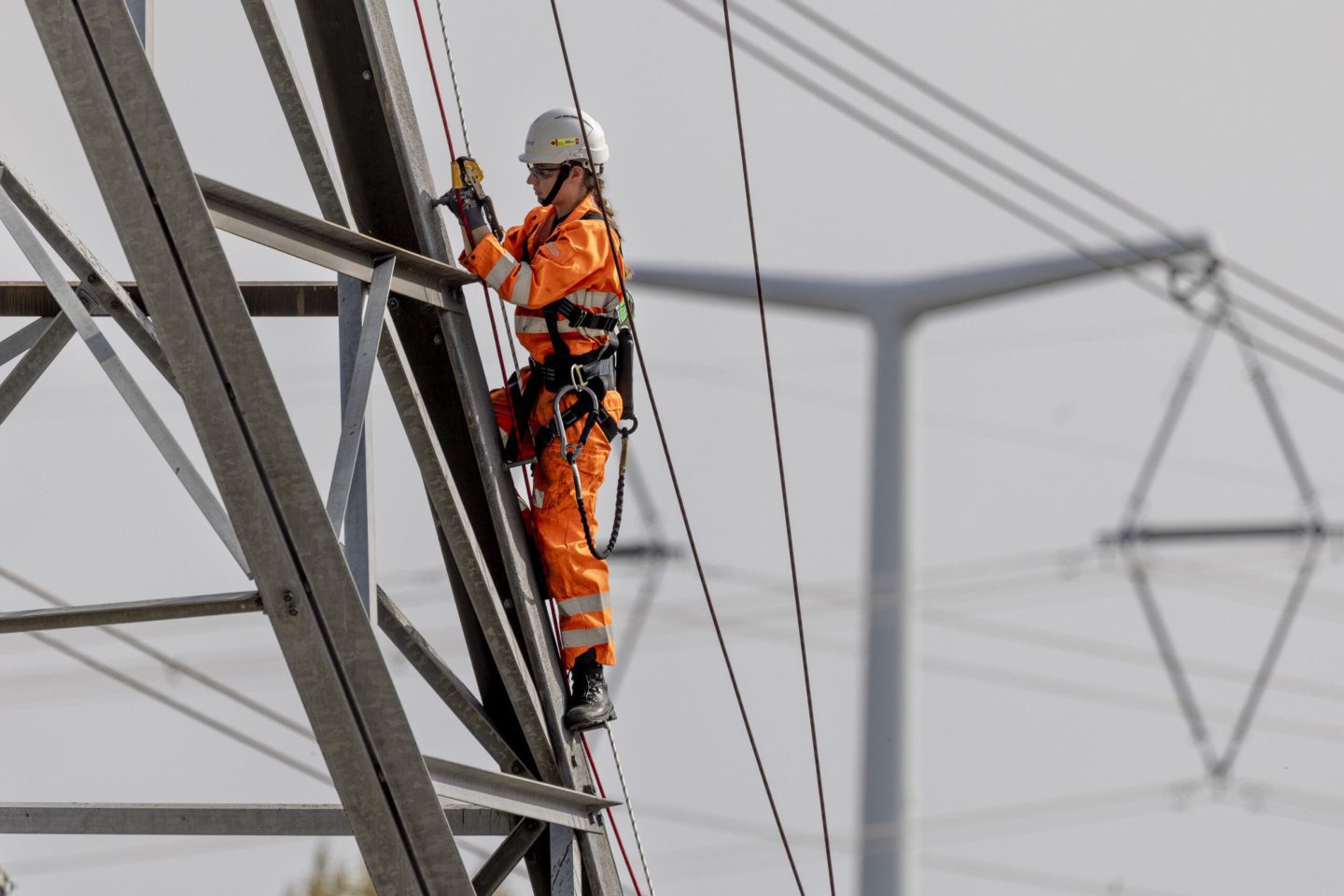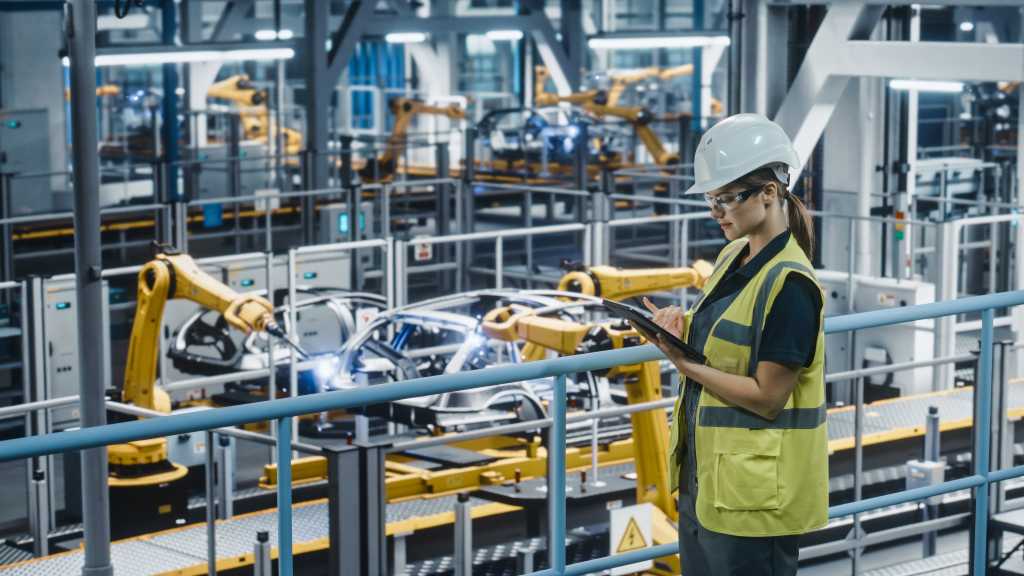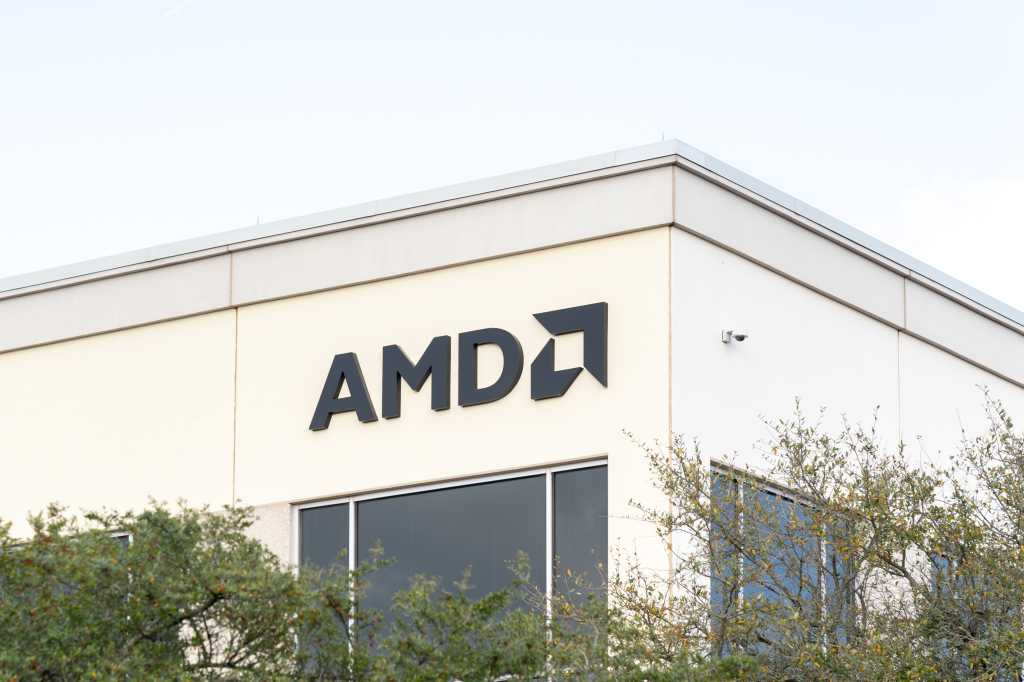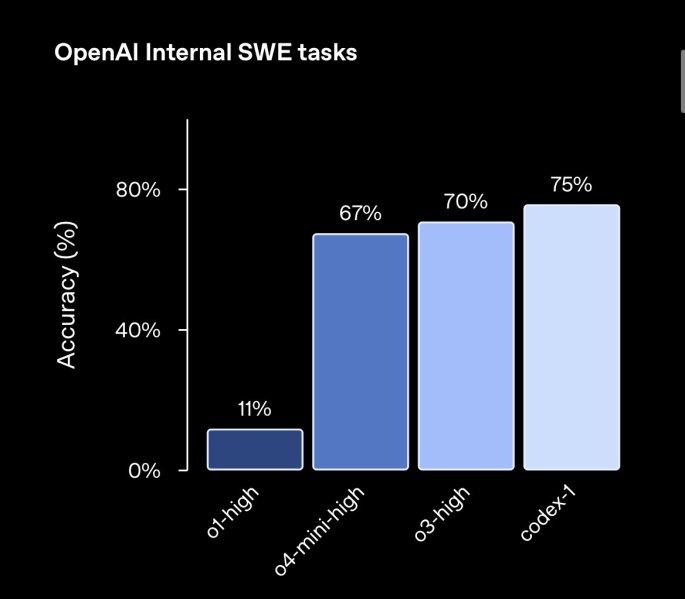
National Grid has reported an underlying operating profit of £5.36 billion for the year up to March 31, 2025.
This result represented a 12% year-on-year (y/y) increase from £4.77bn and also exceeded analyst expectations of £5.29bn, according to analyst consensus figures also released by National Grid.
The gains and better-than-expected performance came despite the fact that National Grid’s gross revenue for the latest financial year declined 7% y/y to £18.38b from £19.85b. The utility’s underlying earnings came in at £0.733 per share, up 2% y/y from £0.721 per share, and its underlying pre-tax profit rose 20% y/y to £4.07b, from £3.40b in 2023-24.
The latest results cover the first year of National Grid’s five-year financial framework up to 2029, over the course of which it intends to invest around £60bn across its energy networks and related businesses. Over the 2024-25 financial year, the company achieved almost £10bn of capital investment, marking a 20% y/y increase and representing a record high, according to National Grid’s CEO, John Pettigrew. This helped to drive regulated asset growth of around 10% over the year, he said.
“Strong performance across all areas of the business underpins our plans to successfully invest c.£60b over five years,” Pettigrew stated.
National Grid operates in both the UK and the US Northeast. In the UK, it owns the high-voltage electricity transmission network in England and Wales. Over half of its planned £60b of capital investment over 2025-29 is earmarked for the UK, with around £23bn for electricity transmission in the country and roughly £8bn for electricity distribution. In addition, £1b is earmarked over the period for National Grid Ventures, a separate unit from National Grid’s core regulated business that operates across the UK, Europe and US, investing in, developing and operating large-scale clean energy infrastructure.
Over 2024-25, National Grid’s UK operational highlights included bringing all six wave 1 accelerated strategic transmission investment (ASTI) projects to construction, including the Eastern Green Link (EGL) 1 and EGL2 offshore projects. The ASTI framework was introduced by UK regulator Ofgem in late 2022 to help fund the large onshore transmission projects considered necessary to meeting the government’s target of connecting up to 50 GW of offshore wind capacity to the existing grid by 2030.
National Grid is due to invest in 17 ASTI projects in total.
National Grid said it had also connected a further 1.6 GW of renewable energy to its UK electricity transmission network in 2024-25, as well as connecting 600 MW of renewable generation, more than 100,000 low-carbon connections and 208 large demand projects above 1 MW to its UK electricity distribution network. This equated to a combined 2.2 GW of renewable generation capacity connected to transmission and distribution networks and included 1.2 GW of offshore wind from the Dogger Bank wind farm.
Additionally, National Grid highlighted various initiatives it had pursued over 2024-25. These included securing the supply chain for all 12 onshore and EGL 1 and 2 projects.
The utility said it had also established a company-wide high-voltage direct current (HVDC) framework to secure supply for HVDC cables and converter systems for wave 2 of ASTI projects and beyond. Overall, supply chain and delivery mechanisms had been secured for more than two-thirds of the £60bn investment plan, National Grid said.
Over the course of 2024-25, National Grid also completed the sale of its remaining stake in National Gas Transmission and the sale of its Electricity System Operator (ESO). The final 20% National Grid held in National Gas was sold to a consortium of infrastructure investors led by Macquarie Asset Management in September 2024, while ESO was sold to the UK government in October 2024 to become NESO.
In February 2025, National Grid agreed to sell its National Grid Renewables US onshore renewables business to Brookfield Asset Management and its institutional partners. The sales are in line with National Grid’s strategy to focus on electricity infrastructure.























